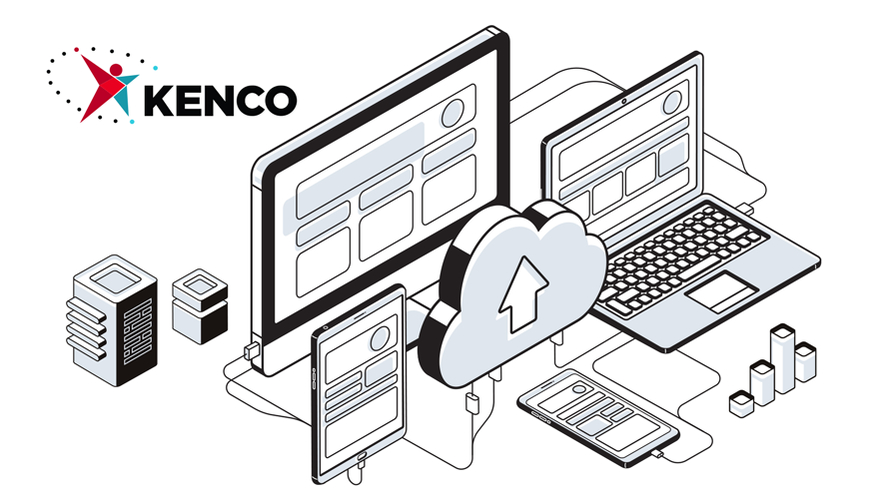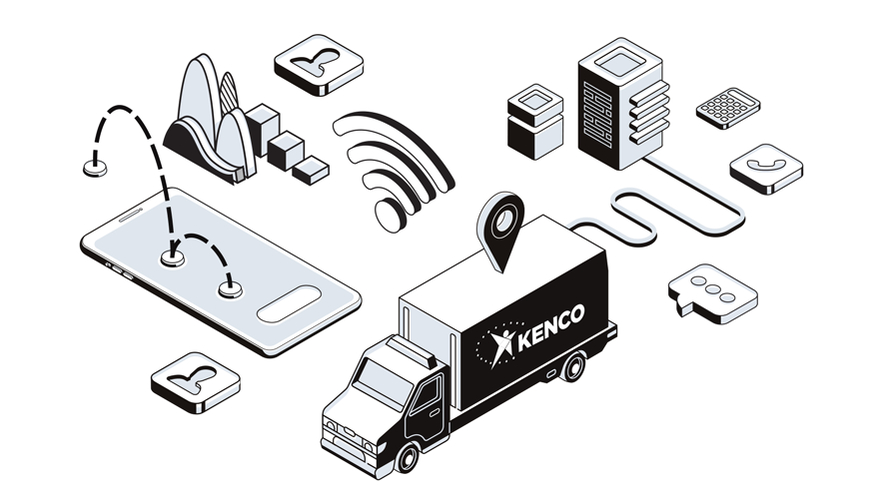Predictive analytics are no longer just a nice bonus feature for logistics networks—they’re a necessity for shippers to reduce risks, manage costs and satisfy growing consumer expectations and demands. According to the MHI Annual Industry survey, 82% of manufacturing and supply chain executives plan to adopt predictive analytics by 2025, a huge jump from the 28% that have already adopted the forward-thinking technology.
Predictive analytics empowers supply chain professionals to optimize most aspects of logistics networks, including warehousing, inventory management, demand forecasting, predictive maintenance, transportation and more. Predictive models use artificial intelligence (AI), machine learning (ML) and historical data to identify risk patterns and opportunities by creating and analyzing specific scenarios, thus anticipating future conditions to help decision-makers make the right call.
In this blog, we’ll walk through various use cases that show how logistics networks can benefit from predictive analytics’ transformative power.
Warehouses and Distribution Centers: Slotting, Zoning and Beyond
Optimal zoning and slotting are an integral part of running an efficient warehousing operation and have immense potential to increase productivity and reduce costs. A data-driven slotting system provides increased visibility, reduced travel time and errors in the picking process, an optimized floor layout, lower levels of handling and more. Efficient slotting can also reduce labor costs by up to 20%.
And yet, many distribution centers continue to struggle with a lack of maintainability, standardization and automation to help pivot zoning and slotting plans when order volumes fluctuate or product mix changes. E-Commerce’s growing role in delivering increasingly larger items like appliances and even vehicles – exacerbated by COVID – make efficient slotting even more critical to maintain speedy shipment times and the highest quality of customer service.
There is a clear need for software that can fundamentally change and simplify the way distribution centers perform slotting and zoning. To tackle this need head-on, Kenco is in phase one of testing DaVinci’s Slot DC predictive analytics technology in one of our facilities.
DaVinci Slot DC is a web-based software that will enable Kenco customers to benefit from ML and AI to achieve better zoning and slotting. The system is 100% automated and requires little to no manual manipulation. Predictive slotting uses ML and AI to predict which products need to be slotted or rezoned based on patterns such as seasonality and profile changes. The technology can also generate heat maps that demonstrate the areas of highest velocity within the warehouse.
We’ve also introduced predictive technology in one of Kenco’s top 5 customers, a Fortune 500 global manufacturer in the home goods/ appliance industry, to optimize volume forecasting and picking paths to manage costs, reduce picking time, mitigate risk and find new efficiencies.
Predictive Analytics in Transportation
The transportation of goods is fraught with risks and volatility. Compiling data on travel conditions for numerous geographic locations and times for freight traveling cross-country can be a daunting task. Enter: predictive analytics.
Predictive analytics can help detect:
- Weather events such as snow, high winds, black ice, dust storms or natural disaster impact zones along entire shipment routes. Predictive technology can gather hourly weather data 7-10 days out, providing insights into timing while recommending the safest and most efficient route.
- Infrastructure outages such as highways reduced to one lane or bridges that are closed for construction. With anticipatory data, decision-makers can analyze risks hour-by-hour to adjust timing, lanes or alternate modes of transportation.
- Extreme temperatures that could impact the quality of temperature-sensitive goods. With knowledge of the projected temperature ranges along a shipment route, shippers can determine the best mode of transportation (e.g. a refrigerated truck) and least risky lane.
- Social events such as protests, parades or rallies that often happen quickly and without much notice. By leveraging predictive analytics to source information from multiple authorities before events occur, shippers and brokers can avoid major delays or damaged cargo.
Key Takeaways
It is estimated that the global predictive analytics market will grow from $4.56 billion in 2017 to $12.41 billion in 2022. Logistics networks that come out on top will be those that harness their data to unlock the cost-saving power of predictive analytics. To learn more about how partnering with a 3PL that invests in innovation can help streamline your operations to reach new customers and regions, check out our Supply Chain Solutions page.


